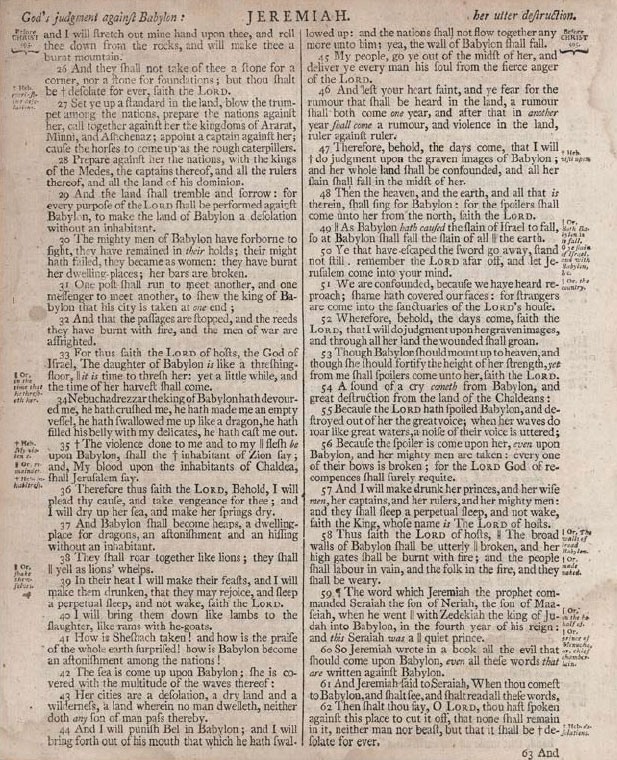- Relief printing
- Intaglio and planographic printing
- Color printing
- Bits and pieces
- Early photography in silver
- Non-silver processes
- Modern photography
- Color notes
- Color photography
- Photography in ink: relief and intaglio printing
- Photography in ink: planographic printing
- Digital processes
- Where do we go from here?
Relief Printing

Woodcut. Albrecht Dürer. The Men’s Bath. c. 1496. 15 7/16 x 11 3/16" (39.2 x 28.4 cm). Collection of John Benson. Printers have had to devise methods of creating tonal variation using only black ink. One solution is to use finely spaced lines that, though black, give the eye the illusion of tone when viewed from a distance.
The oldest and simplest of all printing processes involves printing from the high parts of some surface. In the picture we see here, printed by woodblock, parts of the block’s surface have been cut away, and leave no mark, appearing in the image as white. The high parts of the block have not been cut away, and they print black. We call this class of printing “relief” printing.
 Letterpress from metal type. Mark and Charles Kerr, Edinburgh, printers. Holy Bible, page from Jeremiah 51. 1795. 9 11/16 x 8" (24.6 x 20.3 cm). The Museum of Modern Art, New York. Gift of Richard Benson.
Letterpress from metal type. Mark and Charles Kerr, Edinburgh, printers. Holy Bible, page from Jeremiah 51. 1795. 9 11/16 x 8" (24.6 x 20.3 cm). The Museum of Modern Art, New York. Gift of Richard Benson.
The invention of metal type transformed Western culture by fostering the wide dissemination of texts.
 Letterpress from wood engraving. Thomas Nast. That Everlasting Hungry Wail from Harper’s Weekly. October 10, 1885. 14 3/16 x 9 9/16" (36 x 24.3 cm). The Museum of Modern Art, New York. Gift of Richard Benson. A two-color wood engraving by an anonymous engraver from a drawing by Nast.
Letterpress from wood engraving. Thomas Nast. That Everlasting Hungry Wail from Harper’s Weekly. October 10, 1885. 14 3/16 x 9 9/16" (36 x 24.3 cm). The Museum of Modern Art, New York. Gift of Richard Benson. A two-color wood engraving by an anonymous engraver from a drawing by Nast.

